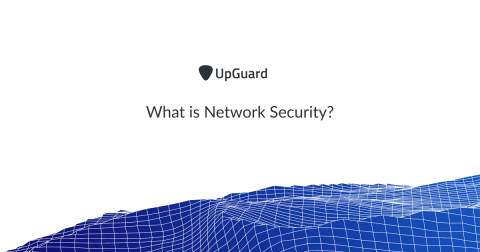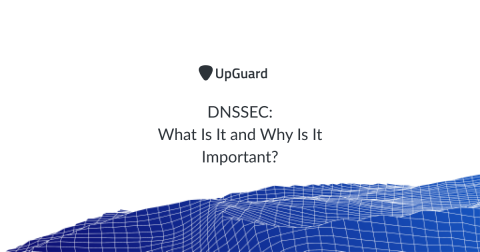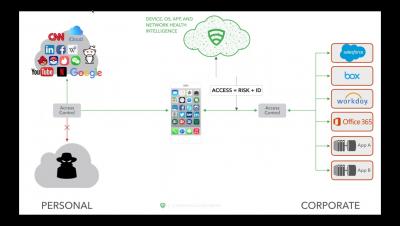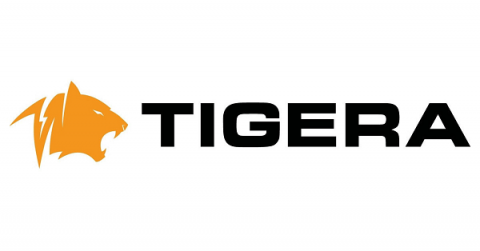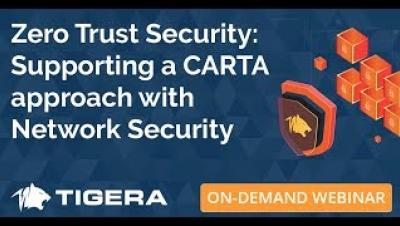What is Network Security?
Network security is the process of using physical and software security solutions to protect the underlying network infrastructure from unauthorized access, misuse, malfunction, modification, destruction or improper disclosure, creating a secure platform for computers, users and programs to perform their functions in a secure environment.


